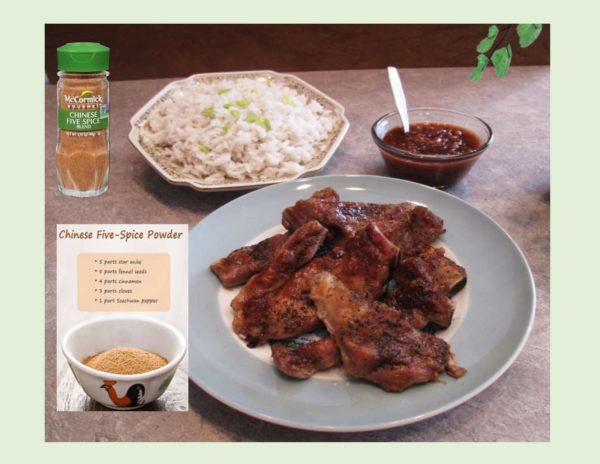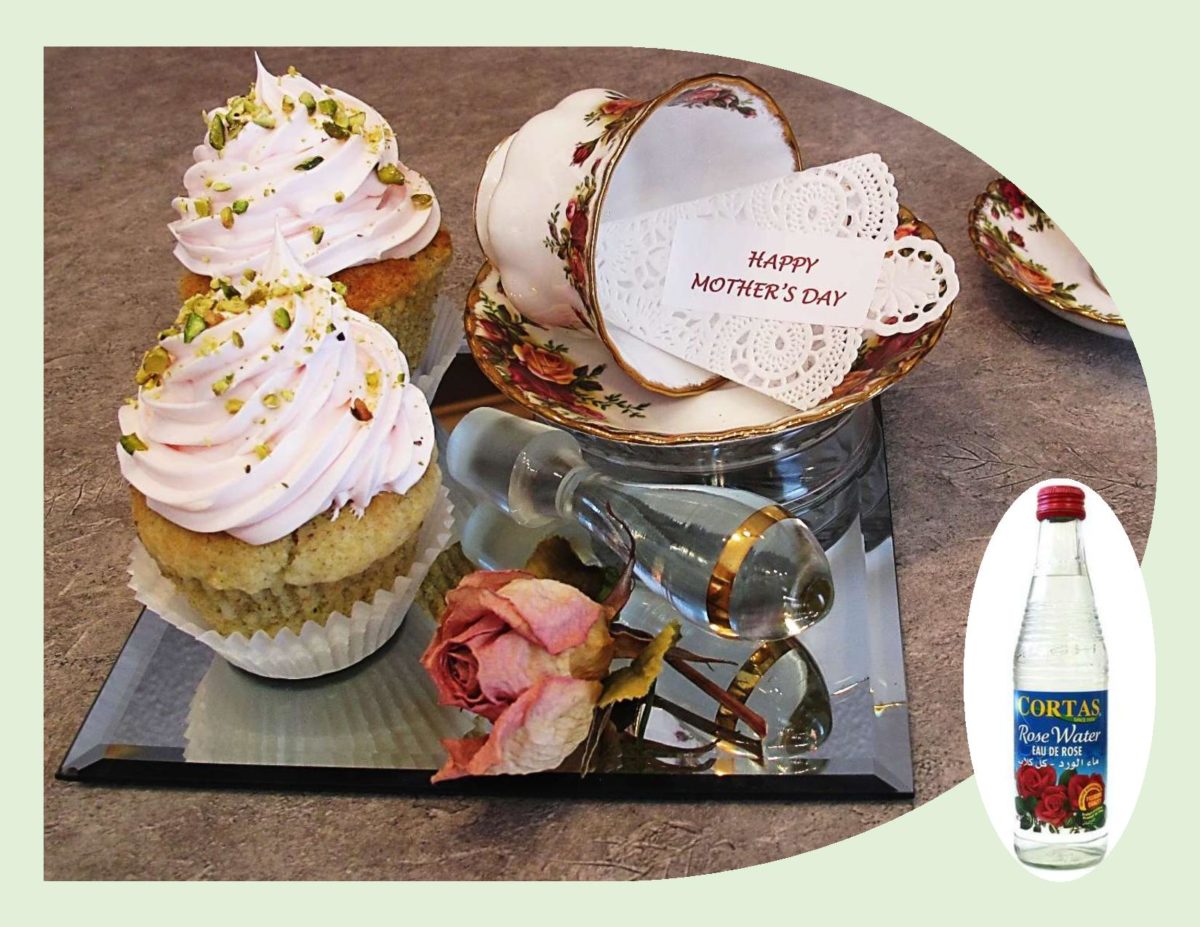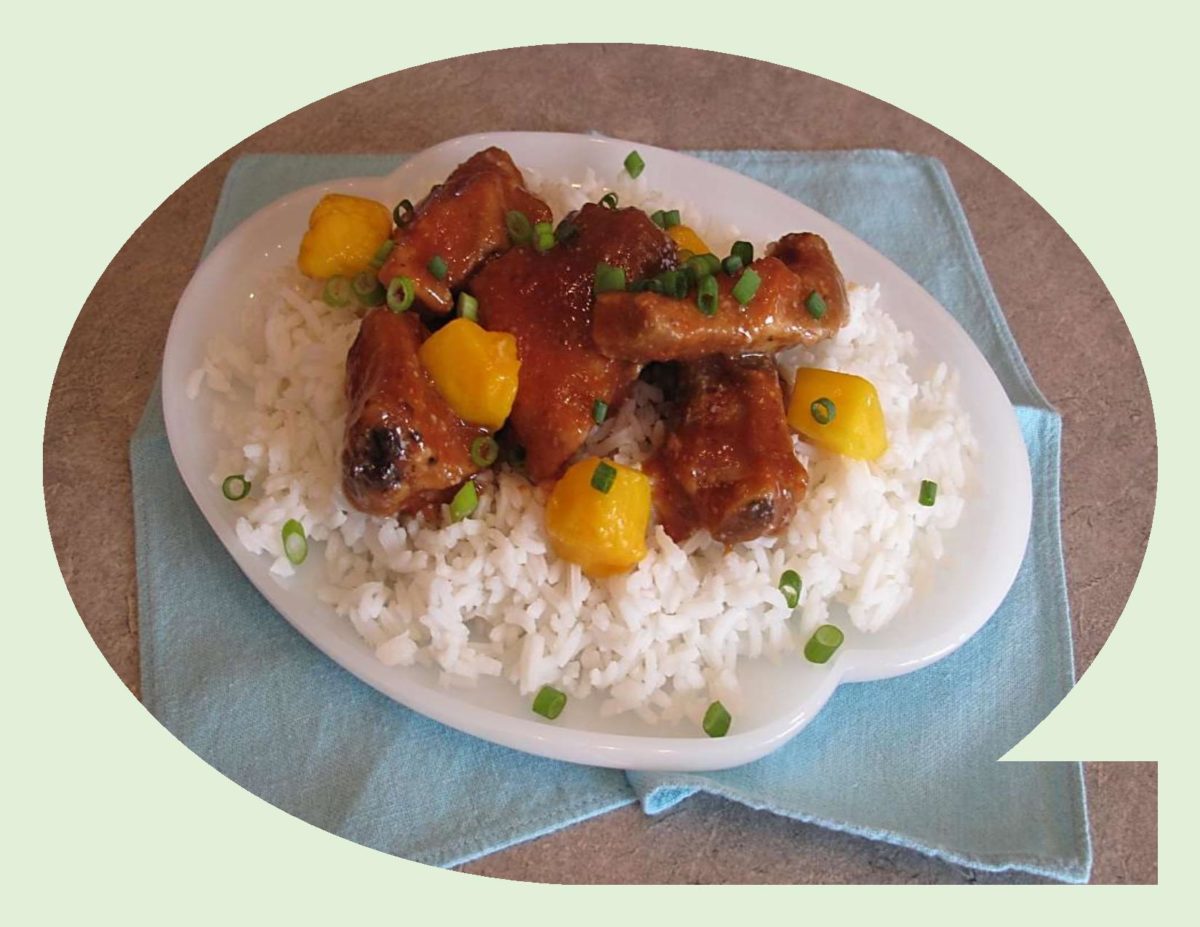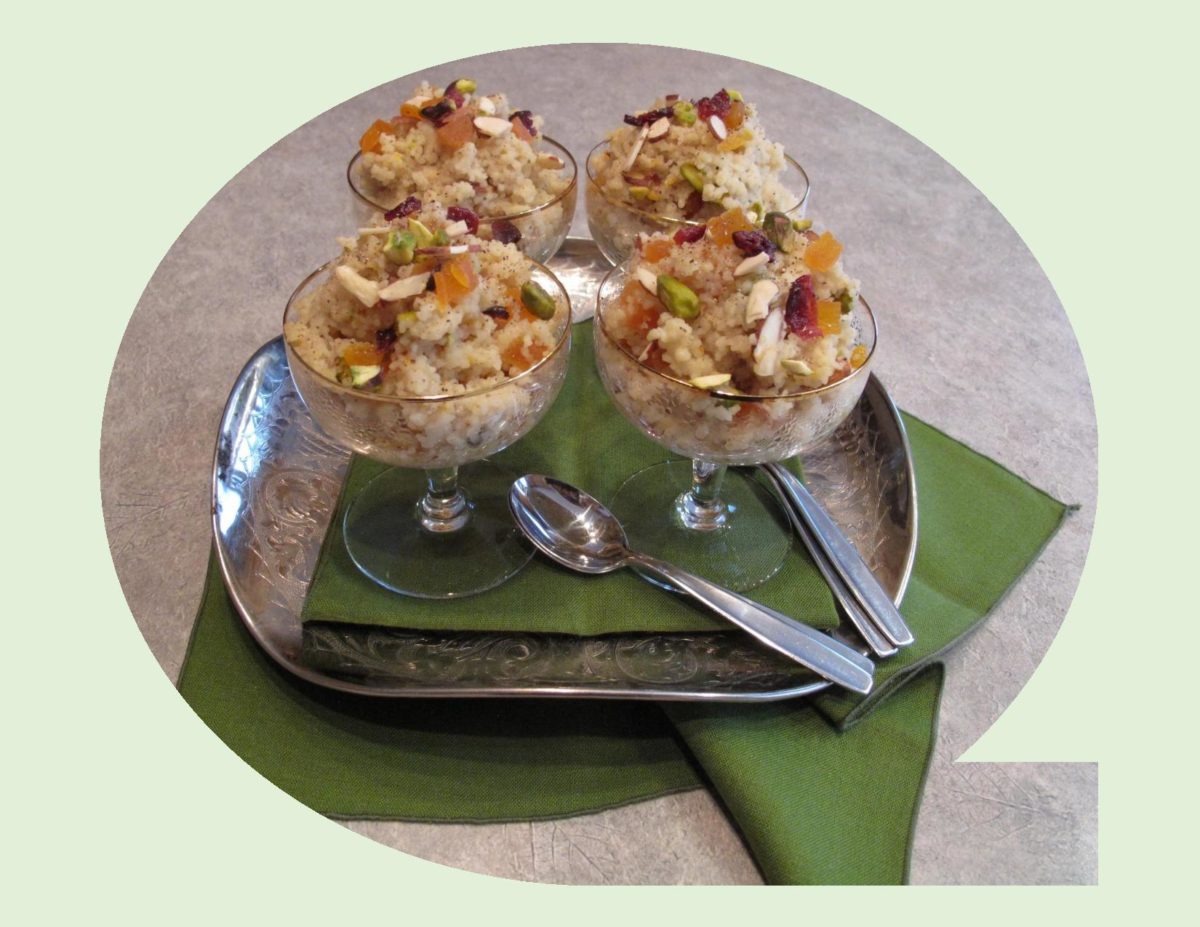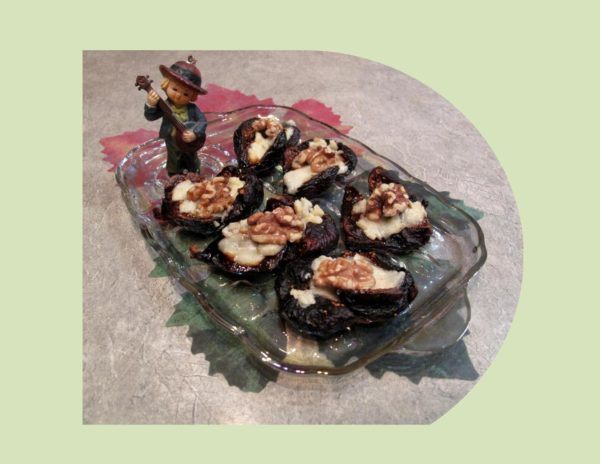A special memory that comes to mind at this time of year is the scent of orange blossoms. While it is still winter in our part of Canada, in Seville, Spain spring is in the air. Mid March to early April, for about three weeks in Spain’s sun-bleached region of Andalusia, there’s a soft intoxicating fragrance reminiscent of magnolia and wisteria flowers. The heady, powerful smell of orange blossom pervades the whole city.
Brion and I had the opportunity to spend a couple of days in Seville, in early spring one year. It was an amazing sight seeing all those beautiful orange trees. A number of our pictures in this blog show the abundance of the fruit that is produced.
These bitter orange trees from China were introduced to Spain by the Moors in the eighth century and were planted in the beautiful courtyards of the Alhambra in Granada, and throughout the south of Spain. They have become known as Seville Oranges. Unique to citrus trees is the fact that fruit from the previous season can remain on the tree while the blossoms for the next season’s crop arrive. A flowering deciduous, evergreen that provides shade in the summer and thick swatches of lush green to line the streets in winter.
The fruit of the Sevillian orange tree is too bitter for fresh consumption. It has been put to good use in many other ways such as in the production of liqueurs and wine or for making confectionery like creams, pastries and chocolates. But above all for the well known Seville Orange Marmalade.
Orange Blossom Water is another product which is derived from the distillation of the orange tree flowers. This use of orange blossom water in cooking comes to the west from North Africa, the Middle East and the Mediterranean. The flavor of this distilled water is flowery but not too overpowering. The important thing is to use very little to give the merest hint of fragrance. Orange blossom pairs well with apricots, figs, strawberries, rhubarb, pears and dates. Add a few drops to fruit salads, stewed or poached fruit and fruit crepes.
The cookies in this blog are delicate like their namesake blossoms and lightly ‘perfumed’ with orange blossom water and orange zest. The almonds add an extra bonus in the flavor. I just love the ‘exotic’ touch fragrant water gives to baked goods.
The Plaza de Espana that Brion and I are standing in front of is a spectacular building, waterway and square. It was built as the centerpiece of the 1929 Ibero-American Expo. Colored ceramics feature heavily around the plaza. The provincial alcoves, walls, ornate bridges and balustrades are also covered in ‘azulejoz’. The plaza has been used over the decades as a location for filming several movies such as Star Wars and Lawrence of Arabia.
I hope you will enjoy the cookie recipe as well as my mental journey to Seville.
Print Recipe
Almond Orange Blossom Cookies
Votes: 2
Rating: 5
You:
Rate this recipe!
|
|
Votes: 2
Rating: 5
You:
Rate this recipe!
|
Instructions
In a large bowl, beat butter & orange blossom water together until smooth & creamy. Add sugars & salt; continue beating for about 1 minute. Add egg yolks & zest; beat on low until well blended.
In another bowl, whisk together flour & almond meal. Combine flour mixture with wet mixture, mixing only until combined. DO NOT OVER MIX.
Using a rubber spatula, transfer this soft, sticky dough to a piece of plastic wrap & gently form into a disk. Wrap the disk & refrigerate for at least 3 hours or overnight.
Preheat oven to 350 F. Line two baking sheets with parchment paper. Remove disk from refrigerator. On a lightly floured work surface or between two sheets of parchment paper, roll out dough to 1/2-inch thickness. Using a 2-inch round cookie cutter with a fluted edge, cut out cookies & place on baking sheets.
Top cookies with sliced almonds. Bake for 12-15 minutes. When baked, cookies should have a light brown bottom, light golden edges & pale tops. Remove from oven, letting them rest on baking sheet for a couple of minutes before carefully sliding parchment paper with cookies onto a rack. DO NOT OVER BAKE! The cookies finish setting up as they cool.
Recipe Notes
- If you would rather not cut them out with a cookie cutter, just form a log when you wrap the dough in the plastic wrap. After refrigerating, unwrap, slice & bake.
